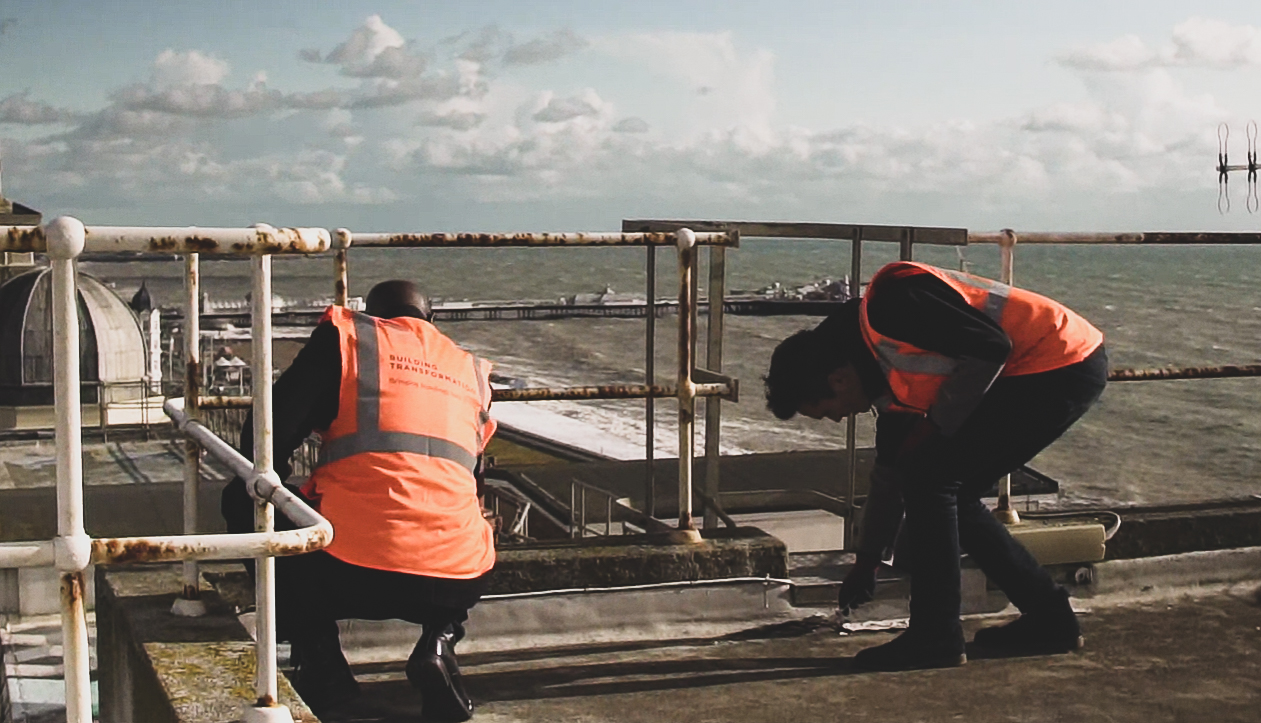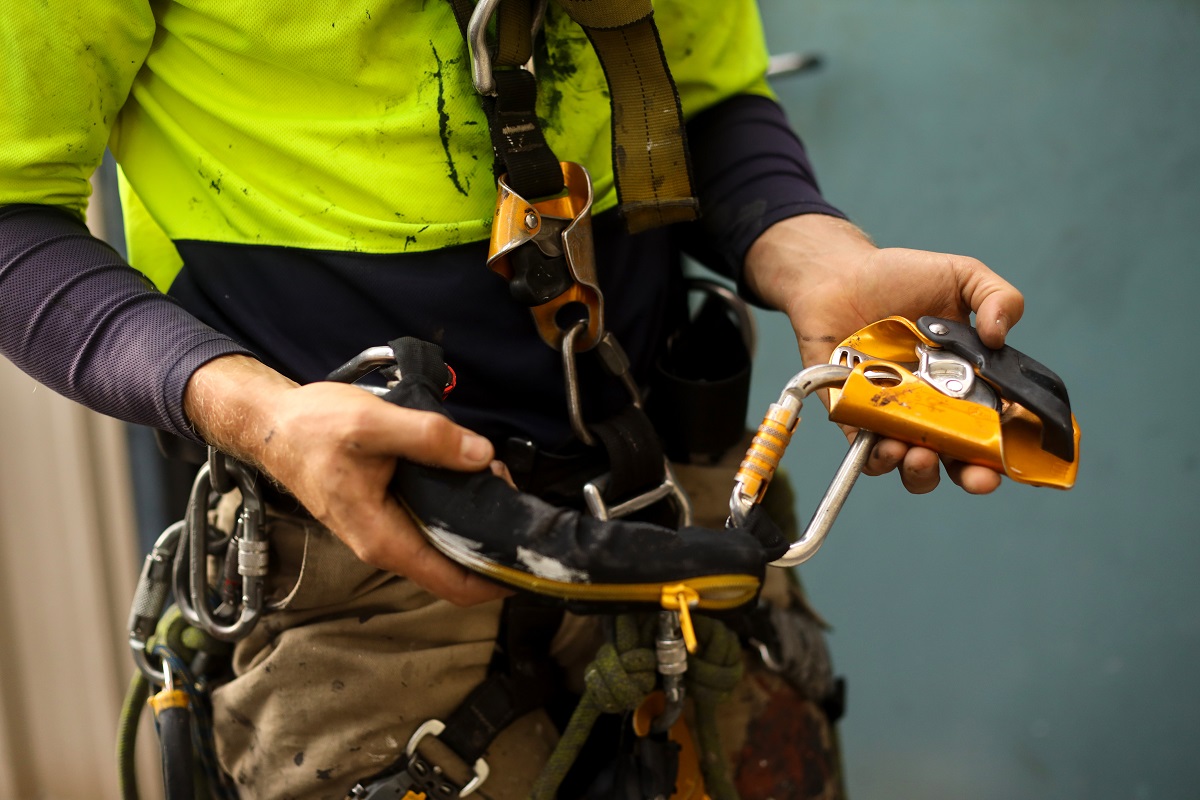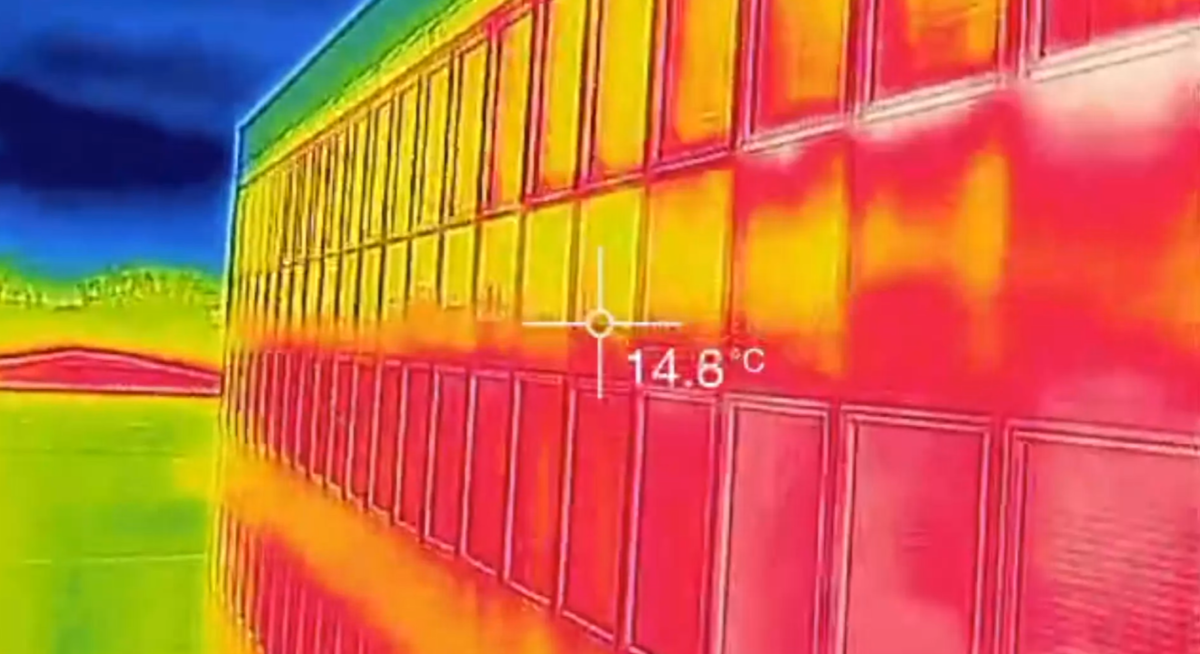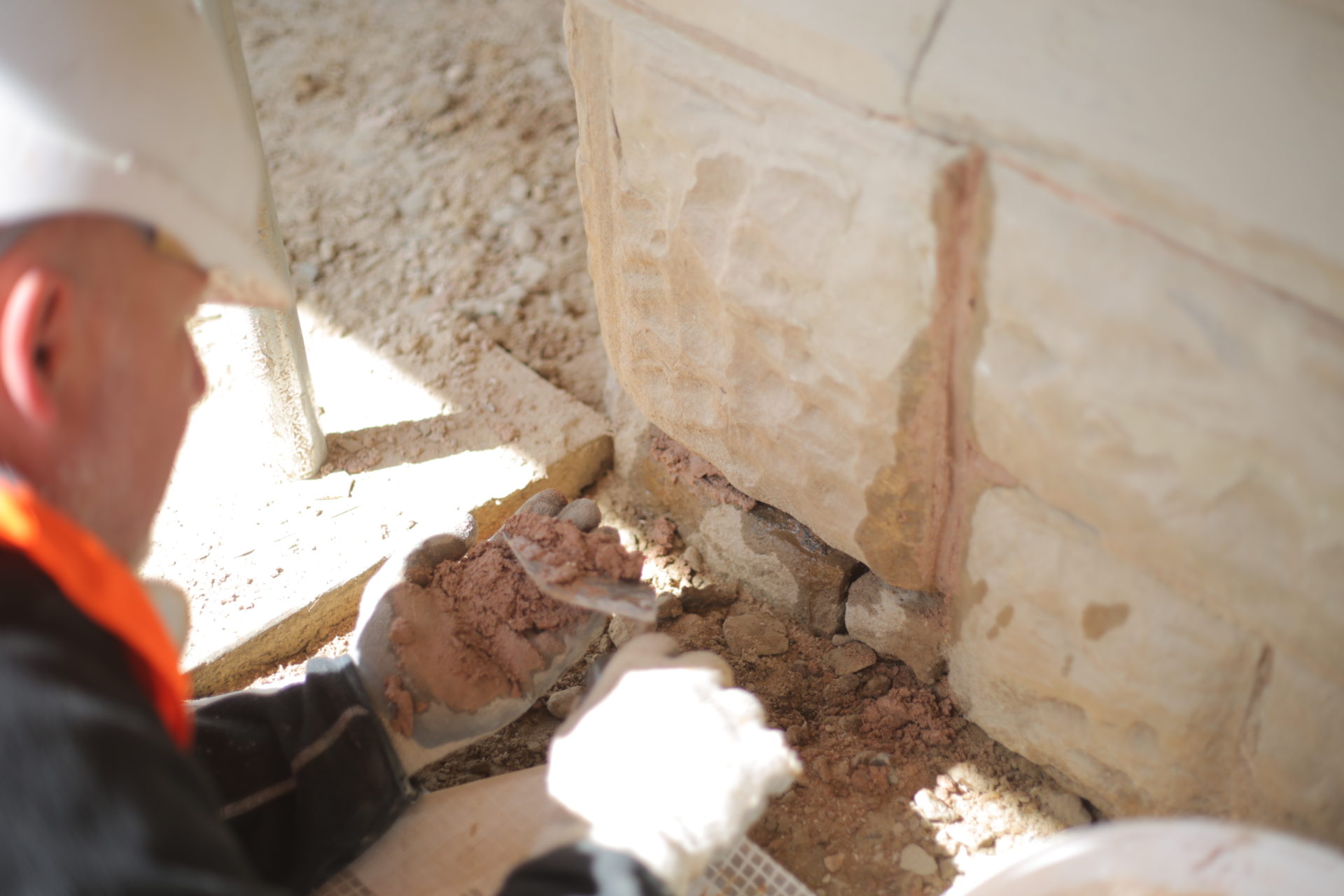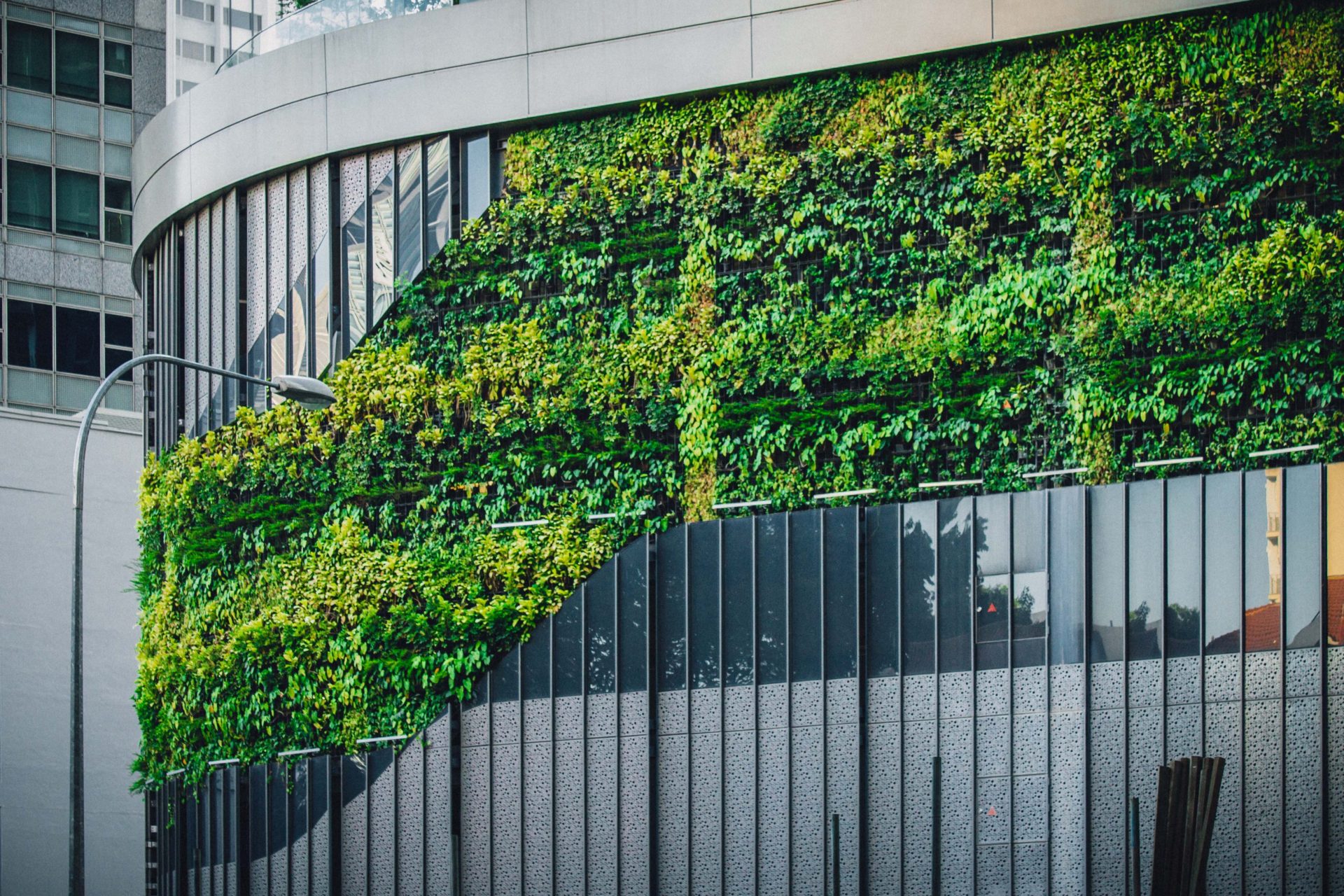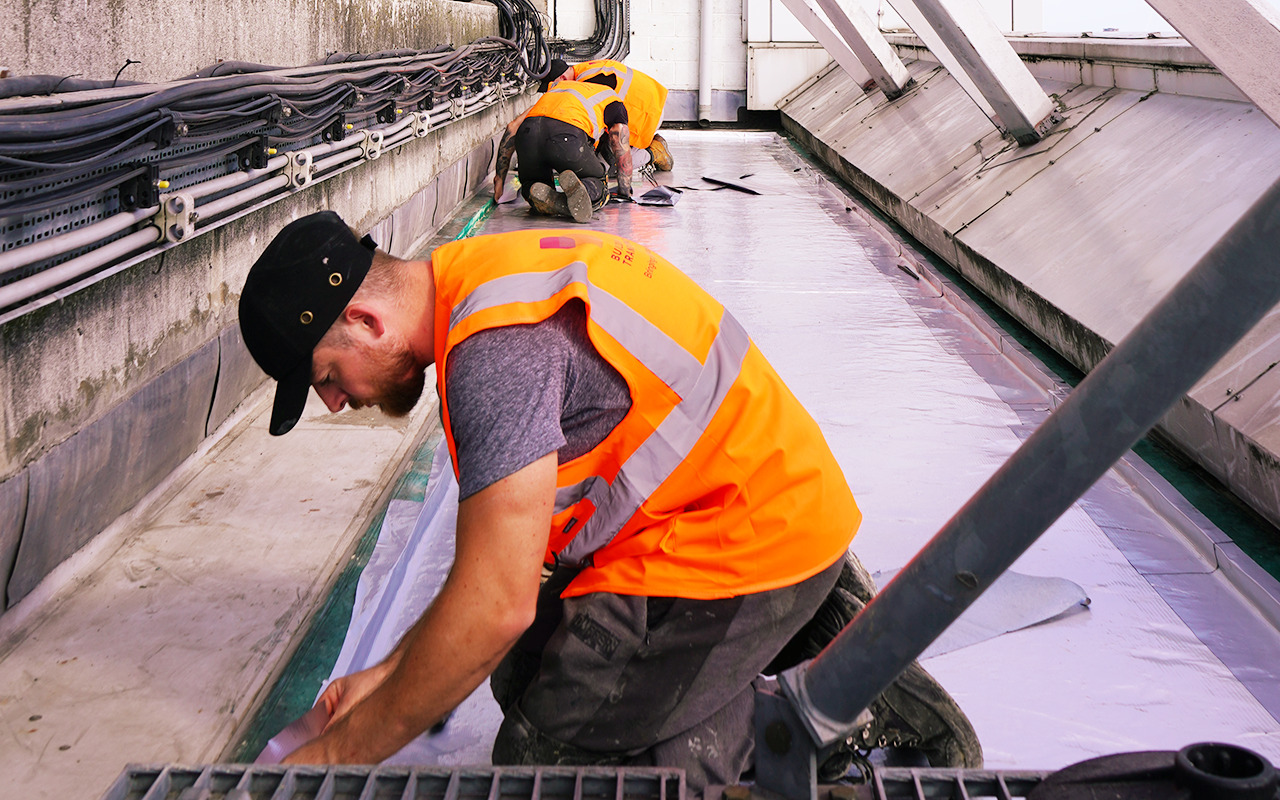When the roofing system of a commercial building fails, it’s often due to guttering. This can be a combination of poor roof and gutter maintenance and poor gutter and drainage design. Many gutter and drainage systems cannot cope with their demands, especially given the increasingly extreme weather we experience in the UK. Heavy rainfall, winds and changes in temperature can all take their toll on gutter systems. A gutter drainage system collects the roof’s water and directs it away from the building when working effectively.
Choosing the right gutter design for a commercial building will depend on the build type, structure, and overall look you wish to achieve. A modern, adaptable and versatile design that adequately protects the building from water damage and looks visually pleasing is your best option.
Gutter designs
There are several different styles and guttering designs available, from traditional to more contemporary.
Half-round gutters
Half-round gutters are a popular style of guttering and consist of a half-cylinder with the open side facing upwards. They provide a uniform profile with smooth curves that enable rainwater to flow down and into the middle of the gutter channel.
Ogee gutters
Ogee gutters are designed with several curves and are more commonly used to replicate 19th-century style gutters for more traditional and period buildings or add an element of authenticity to a modern building.
Deep gutters
Deep gutters are similar to half-round gutters but have a deeper channel. This allows for more water to be held within the gutter and drainage system. They are designed for areas where the amount of rainfall or water runoff is fairly high. Deep-style gutters are often used on buildings with large roofs and refurbishment projects.
Box gutters
Box gutters comprise a three-sided rectangular channel designed for buildings and drainage systems with angular features such as outbuildings and warehouses. As they have a larger capacity, they are often used in areas where there’s high rainfall. The concealed gutter design of box gutters makes them a popular choice if looking to discreetly hide the gutters under the fascia boards for a sleek, modern roofline.
Seamless gutters
Seamless gutter and drainage systems are one of the most popular choices for guttering, thanks to their highly effective design. Machine-made to the exact length required, they eliminate potentially leaky gutter seams along their lengths. Seamless gutter systems are most commonly made from aluminium but also from copper and stainless steel. While aluminium doesn’t rust, steel is often used for particularly windy areas as it’s more robust but can also be more expensive.
Gutter drainage systems
The key job of any roof is to protect the building by collecting and transporting rainwater away via a drainage system. While pitched roofs use gravity to move the water, it’s common for commercial buildings to have low-sloped or flat roofs which need interior drains to collect the water. While essentially one-level flat roofs do have a slight pitch that helps direct the rainwater to the drains, either in the middle of the roof or on the side.
Gravity drainage system
A gravity drainage system uses gravity to direct the rainwater away from the rooftop to the ground. It usually consists of four sloping drain sections which connect up to an interior drain that carries the water outside of the building. When rainwater hits the roof, it is drawn into the drain and pipes by gravity. It works rather like how the drain in a shower. Drainage systems on commercial buildings tend to require internal pipes that connect to the internal drain. This leaves little room right under the roof for other building systems.
Gravity drainage systems are usually designed for flat roofs with a surface area of no more than 150m2 per drainage point. Bigger roofs get more rainwater, and it will take longer to drain with only a gravity system in place. They’d be better with a siphonic drainage system instead.
Syphonic drainage system
A commercial building with a large roof area will collect a significant amount of water, which can add weight to the roof if not drained away fast enough. Roofs that need quick drainage are suited to a syphonic drainage system. A syphonic drainage system stops air from getting into the system giving the pipes a lower atmospheric pressure from the external atmosphere. Therefore, when the rainwater goes into the drain, it comes into contact with the low pressure, which pulls it in quicker than by just gravity. A syphonic drainage system is up to 100 times quicker than a gravity drainage system.
Materials used in commercial drainpipes and guttering
The materials used for drains and pipes can vary in quality and are designed to solve different drainage issues.
Cast iron
The most common material used for drainage systems, cast iron, offers several advantages. A heavy and durable material, modern cast iron prevents clogging in pipes, but it does tend to be the most expensive.
PVC
Polyvinyl chloride (PVC) has long been used as a cheaper alternative to the costly cast iron. While it is more affordable, it’s a far weaker material than the sturdier cast iron. However, it is abrasion-resistant and relatively easy to cut into any required shape.
Propylene
Propylene is a more modern version of PVC and is made from a petroleum waste product. Unlike PVC, propylene is much more burn resistant than PVC, and if it was to catch fire, the smoke it releases is relatively harmless, unlike with PVC. However, it is one of the lightest plastic piping, making it unsuitable for a roof drain.
ABS
Acrylonitrile butadiene styrene (ABS) is similar to PVC, but as it doesn’t perform well in the sun, it isn’t usually recommended to be used on rooftops.
Regular cleaning and maintenance play a key role in prolonging the life and effectiveness of a gutter and drainage system. But gutters and downpipes also need to be durable and designed to remove a large amount of water from the building.
If you need advice about your gutter and drainage system, contact our experts at Building Transformation.

